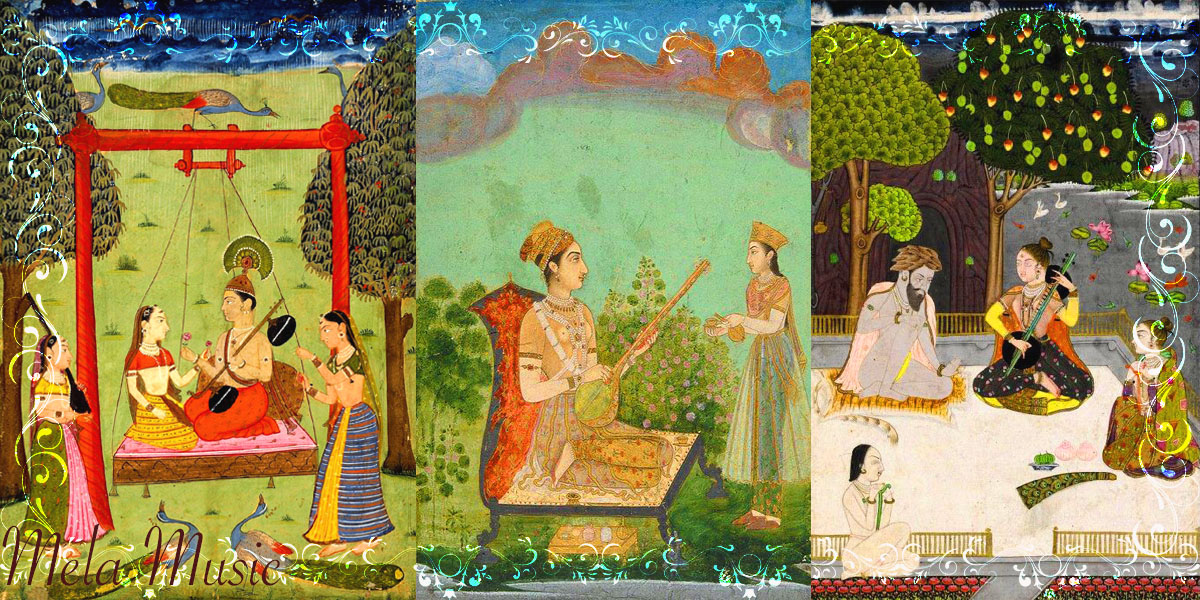
Raga Madhuvanti is a captivating raga in the Hindustani classical music tradition. It is known for its sweet and enchanting melodies, evoking feelings of tranquility and introspection. Madhuvanti is typically performed during the the afternoon creating a serene and meditative ambiance. Although there are differing opinions, Maduvanti does not fall within the 10 thaats classified by Bhatkhande.
Madhuvanti is known for its graceful and leisurely movements. It is often performed at a slow to medium tempo, allowing the artist to explore the intricacies of the raga and express its emotive qualities. The alap, a free and improvised exploration of the raga’s melodic contours, sets the mood for the composition and showcases the artist’s creativity and mastery. Compositions in Raga Madhuvanti, both vocal and instrumental, are typically composed in various rhythmic cycles such as teentaal (16 beats) or ektaal (12 beats). The compositions convey a range of emotions, including love, longing, and devotion. They are often characterized by their melodic grace, lyrical beauty, and intricate rhythmic patterns.
Many renowned musicians have presented mesmerizing renditions of Raga Madhuvanti, infusing their unique styles and interpretations into its melodic framework. The raga’s expressive nature and its ability to evoke deep emotions have made it a popular choice in classical concerts and recordings. In addition to its presence in Hindustani classical music, Madhuvanti has also found its way into light classical genres, semi-classical forms, and film music compositions. Its soothing and contemplative quality has resonated with listeners across different musical domains.
Raga Madhuvanti, with its gentle and melodic allure, has captivated the hearts of both musicians and audiences. Its serene and introspective nature makes it a cherished raga, offering a profound musical experience that touches the soul.
